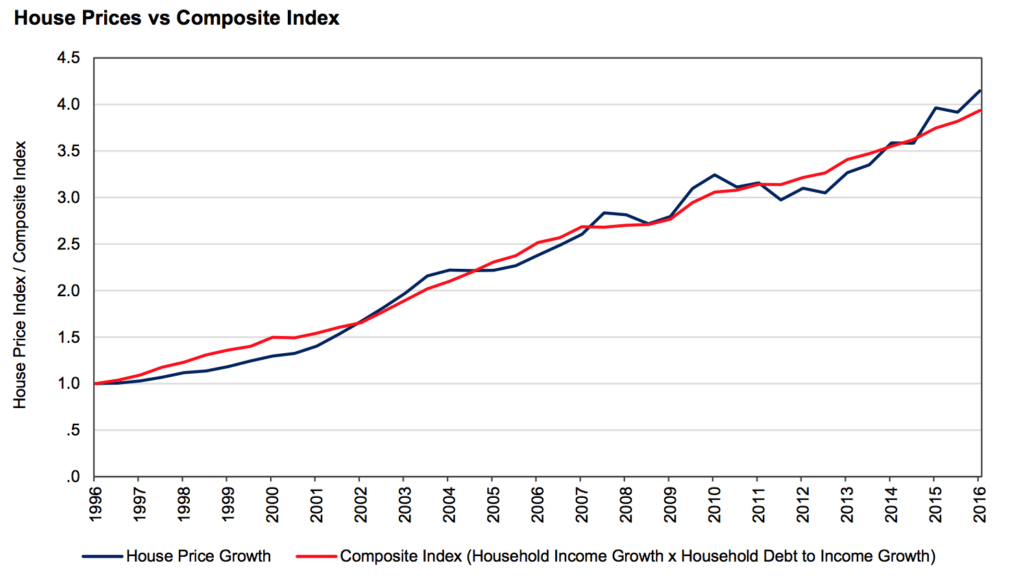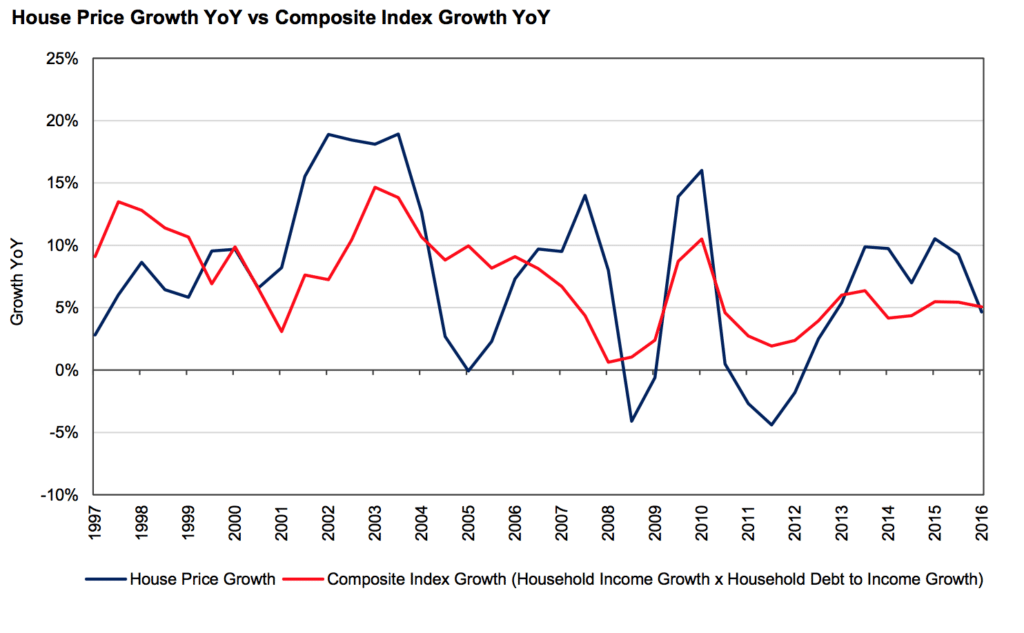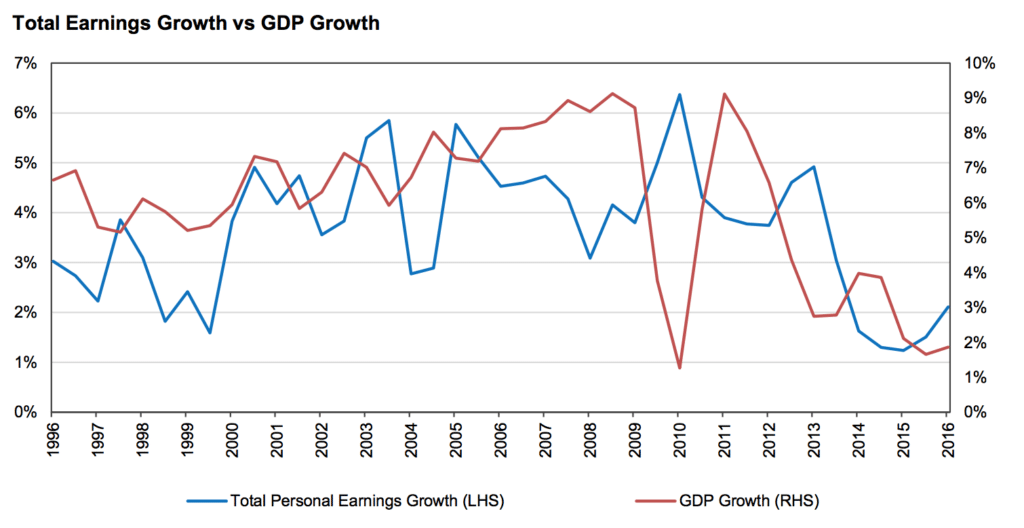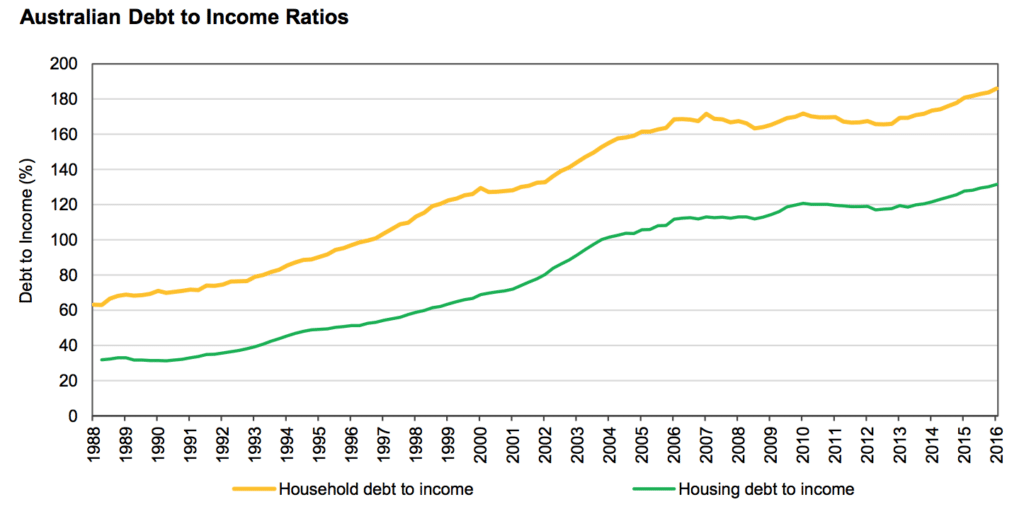Time to get a bit technical with Tim and this week it’s all about the property market and whether we’re likely to see a price correction in the near future.
Risks exist for every investment, including residential property, whether we acknowledge it or not.
In Australia, residential property is considered the safest of all assets, because it has not experienced a broad decline since 1991.
But the lack of a meaningful correction in property prices over such a significant length of time is more likely to imply that the risk might be quite high, because excesses in the system have been allowed to build for such a long period.
Similarly the fact that growth rates in house prices have exceeded growth in household income indicates to us that prospective residential housing returns will be significantly lower going forward.
But many draw the opposite conclusion, that the historical growth rates are evidence that house prices should continue to grow at those rates in the future.
The inference is that past returns tell us something about future returns.
National property price growth appears to have two main drivers, national household income growth and leverage.
Property prices have outstripped household income growth by a considerable margin for some time.
Prices have risen to reflect favourable macroeconomic factors.
But like a stock that is pricing in the continuance of favourable conditions, this most likely means that the downside risks associated with investing in property are elevated.
We analysed the property market against the two factors we assumed would be the predominant factors affecting property prices, household incomes and debt levels.
Below is a chart comparing property price growth against a composite index of the two factors.

The short term moves in the composite index also mirror the short term growth rates in house prices, as shown below.

The charts also imply that this has been a function of both growth in household income (which has been circa 3.7 per cent per annum) and the growth in the household debt to income ratio (which has been circa 3.3 per cent per annum).
Analysing this situation as though residential property prices were a stock, we would try to form sensible expectations around household income growth and growth in leverage in the future.
Recent growth rates have been lower than historical growth because of headwinds facing the economy that we expect will continue.

We doubt that household borrowing costs can fall substantially from here, implying that growth in household debt levels may be limited.

But household income might grow more slowly should Australia face periods of slower or even negative growth.
The fact that there has not been a nationwide decline in GDP in 25 years implies the risk of such a scenario is elevated, not reduced.
Our conclusion would be that a continuation of the 7.4 per cent per annum growth in household prices witnessed over the last 20 years seems extremely unlikely in the absence of borrowing costs continuing to fall, which we see as limited given where interest rates are currently.
Residential property price growth is a favourite domestic topic of discussion both in the media, at the dinner table and in many social settings. We acknowledge that we are not residential property experts. The Fund is not invested in residential property. Our analysis is simply a study of the data and is provided to readers as an example of our assessment of investment opportunity and risk. Over time we aim to attract investors who understand and share our philosophy and approach to stock market investment.













